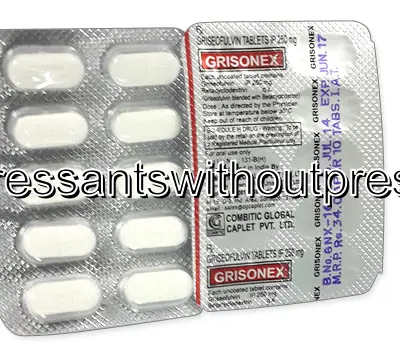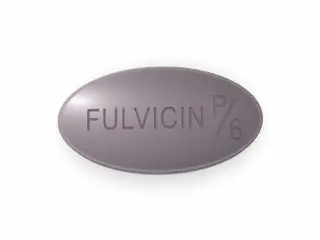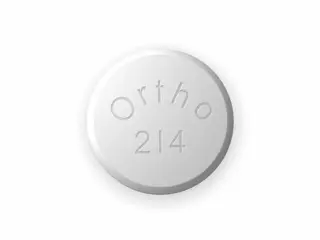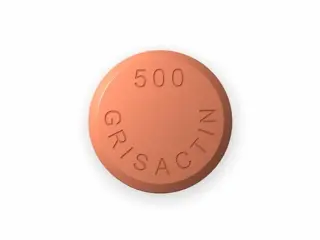Shop Griseofulvin Online UK
| Package | Dosage | Price | Price per Dose | |
|---|---|---|---|---|
| Dosage: 250mg | ||||
| 360 pill | 250mg | £289.95 | £0.80 | |
| 180 pill | 250mg | £153.84 | £0.85 | |
| 120 pill | 250mg | £108.87 | £0.91 | |
| 90 pill | 250mg | £89.93 | £0.99 | |
| 60 pill | 250mg | £68.63 | £1.15 | |
| 30 pill | 250mg | £39.04 | £1.29 | |

Griseofulvin Description
Introduction to Griseofulvin
Griseofulvin is an antifungal medication widely used to treat various fungal infections of the skin, hair, and nails. It is derived from a natural mold called Penicillium griseofulvum and has been in medical use for many decades. The primary function of Griseofulvin is to inhibit the growth of fungi by disrupting their cell division process. This makes it particularly effective against dermatophyte infections, which are common causes of skin and nail fungal conditions.
How Griseofulvin Works
The active ingredient, Griseofulvin, works by binding to the keratin precursors in cells, which helps incorporate the medication into new skin, hair, and nails. Once absorbed, it targets the fungal cells' microtubules, disrupting their ability to divide and multiply. As a result, the fungi cannot spread or cause further damage. This mechanism of action allows the medication to be highly effective when taken consistently over a prescribed period.
Effectiveness and Uses
Griseofulvin is particularly effective in treating tinea infections, such as athlete’s foot, ringworm, and jock itch. It is also prescribed for onychomycosis, a fungal infection of the nails, which can be difficult to treat with topical creams alone. The medication is often preferred for persistent or severe fungal infections, especially when topical treatments have failed. When used correctly, Griseofulvin can significantly improve skin and nail health, restoring their normal appearance and function.
Administration and Dosage
This medication is typically taken orally, with or without food, depending on the specific formulation and doctor's instructions. The dosage varies based on the severity of the infection, patient age, weight, and overall health. It is crucial to follow the prescribed schedule strictly to ensure effectiveness and minimize side effects. Treatment courses can last several weeks to months, especially for nail infections, which require prolonged therapy to ensure complete eradication of the fungus.
Potential Side Effects and Precautions
While Griseofulvin is generally well-tolerated, some users may experience side effects. Common reactions include headache, dizziness, gastrointestinal discomfort, and skin rashes. More rarely, it can affect liver function or cause allergic reactions. Patients with liver disease, pregnancy, or those taking other medications should consult a healthcare professional before starting therapy. Regular monitoring through blood tests may be recommended during extended treatment courses to detect any adverse effects early.
Interactions and Contraindications
Griseofulvin can interact with other drugs, such as alcohol, certain antidepressants, and anticoagulants, potentially altering their effectiveness or increasing side effects. Alcohol consumption should generally be avoided during therapy to reduce the risk of Liver damage or adverse reactions. It is essential to inform the healthcare provider about all current medications and health conditions to prevent contraindications or interactions.
Conclusion
Overall, Griseofulvin remains a reliable choice for treating stubborn fungal infections, especially those involving nails or resistant skin infections. Proper adherence to the prescribed regimen ensures the best outcomes. Patients should be aware of potential side effects and interactions, and always consult their healthcare provider for personalized advice. When used appropriately, Griseofulvin can help restore healthy skin, hair, and nails effectively.



